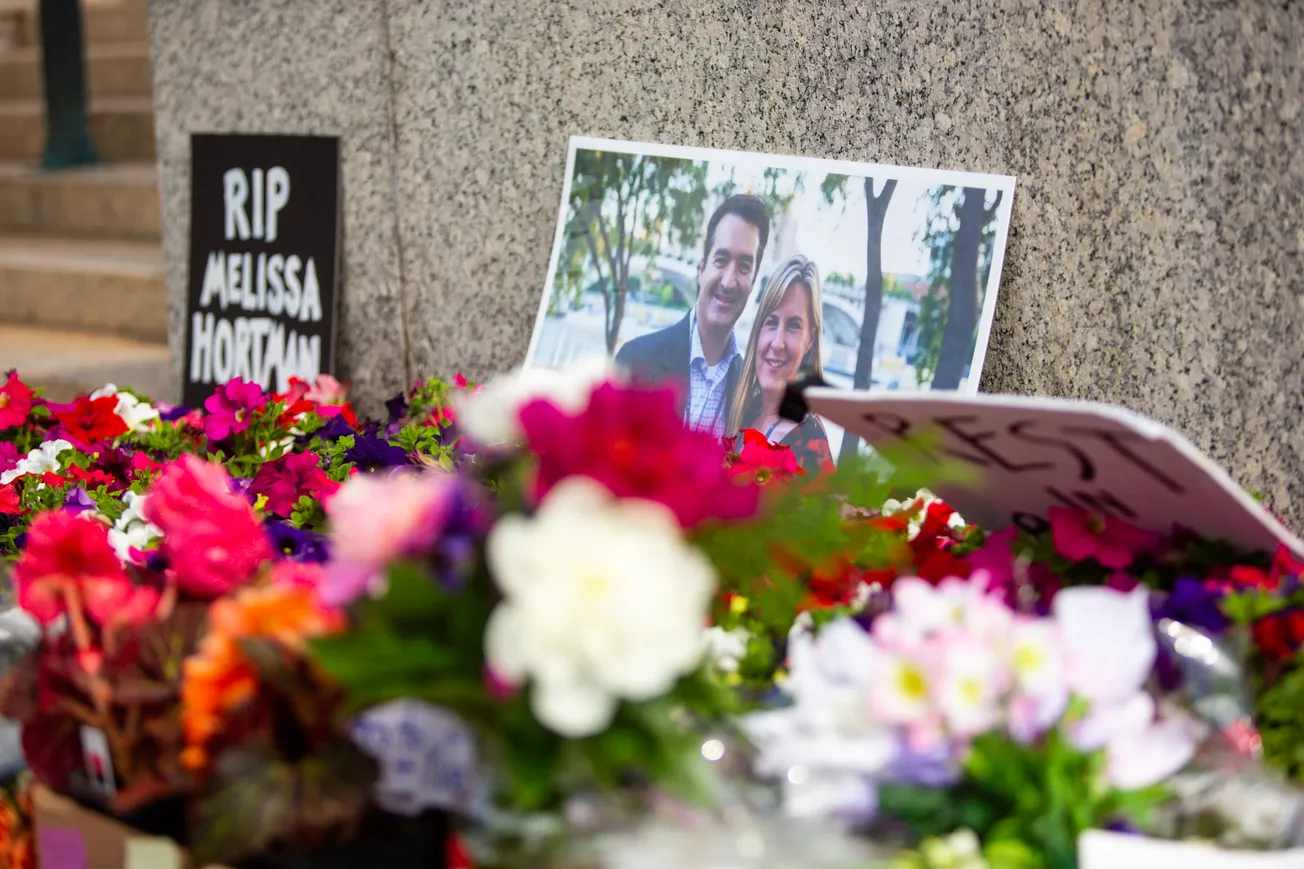By Mike Slavik, Tarryl Clark and Neil Peterson
As we near the end of the legislative session, Minnesota legislators and Gov. Tim Walz are deliberating on a two-year budget to address the long-term deficit facing the state — and current proposals are not good news for property taxpayers.
As county commissioners, we understand the difficult decisions facing Walz and lawmakers. Counties put together balanced budgets every year. We have to weigh what is needed to best serve our residents; fulfill state and federal mandates; and limit the burden that property tax increases place on our constituents.
Those are never easy decisions, but they will become even more challenging if the proposals being considered at the Capitol become law.
Budget proposals from the House, Senate, and governor address the upcoming deficit in a variety of ways, but too often resort to shifting state costs to homeowners and businesses paying local property taxes.
These shifts or “cost shares” mean that the state essentially sends a bill to counties to pay for spending related to specific state-mandated services.
Counties would still be required to deliver the same services, except now local property taxpayers would be responsible for funding a higher percentage of state costs. County governments estimate the total statewide property tax increase because of these budget proposals would be over $200 million by 2029 and grow from there.
In one rural county, already one of Minnesota’s most economically disadvantaged communities, these cost shifts would increase the property tax levy 9%, and that’s before factoring in any other local considerations. Metro and suburban counties are not exempt from property tax and levy impacts, with some counties seeing total cost shares greater than $20 million. These new shifts would nearly eclipse the total amount of general-purpose aid counties receive from the state.
These proposals often get discussed at the Capitol without recognizing the very real costs that property tax increases will have on homeowners and businesses across the state.
We’ve been down this road before: When the state faced deficits in the first decade of this century, the state started many of these cost shifts and reduced aid to counties and cities. As a result, property taxes increased by record high percentages that have not been matched since.
We don’t want those mistakes to be repeated at the Capitol this year.
Shifting program costs from the state to counties doesn’t reduce the size or scope of government, it just passes the buck to property taxpayers.
State legislators are not required to consider the cost of their budget choices on local governments, and that should change. For too long, the state has made choices that just shift state costs to different taxpayers, rather than working toward solutions that balance the budget at the state level.
Counties understand that the current economy requires difficult decisions at the Capitol, but higher property taxes shouldn’t be a solution to address the pending deficit.
Homeowners are already facing escalating inflation, energy and general cost of living expenses. Further relying on property taxpayers to fund government will only add to the pressure of homeownership, particularly among those families and individuals just barely making it.
Minnesota needs a more balanced, sustainable method of funding government services, one that doesn’t unfairly burden property owners already stretched thin.
Minnesota Reformer is part of States Newsroom, a nonprofit news network supported by grants and a coalition of donors as a 501c(3) public charity. Minnesota Reformer maintains editorial independence. Contact Editor J. Patrick Coolican for questions: info@minnesotareformer.com.



